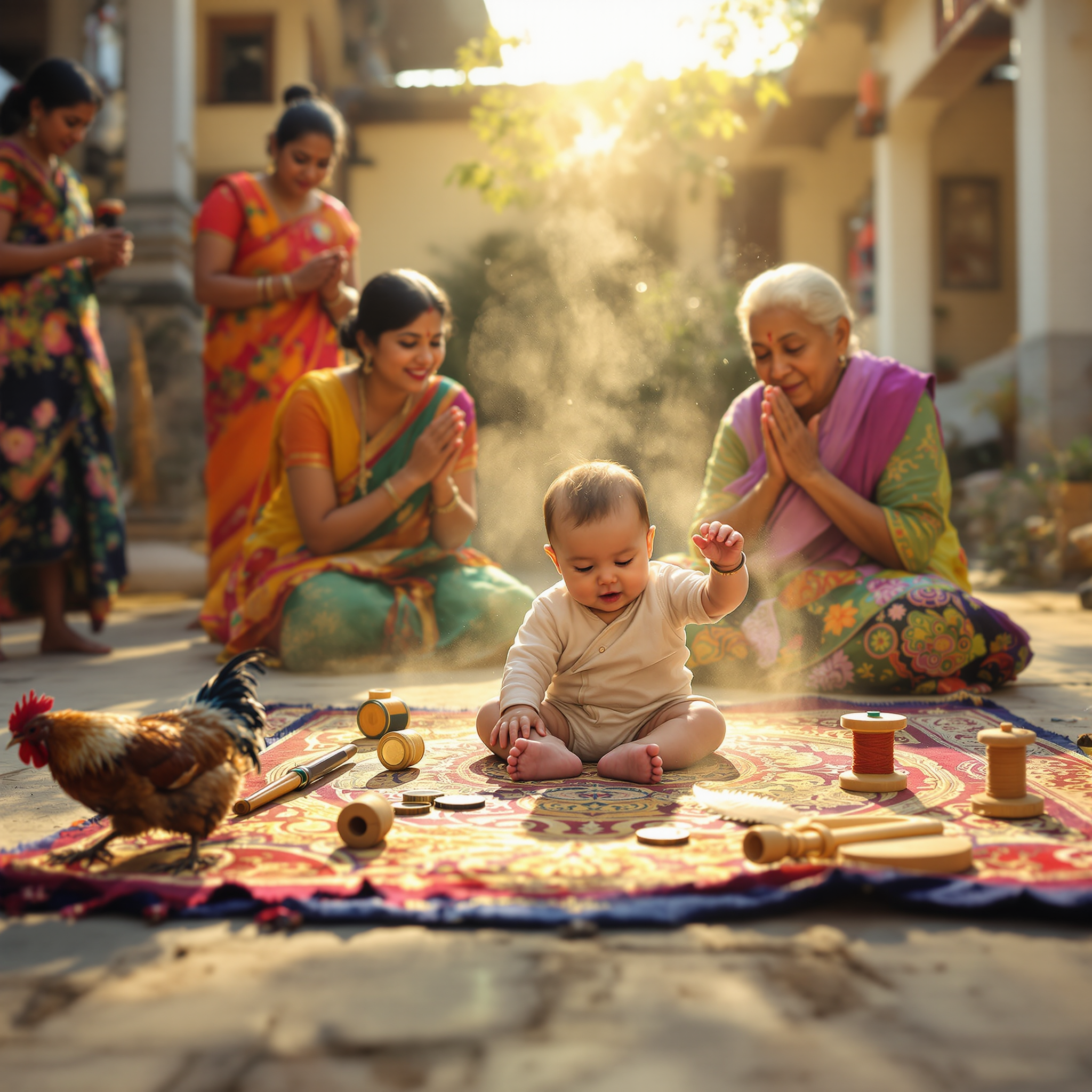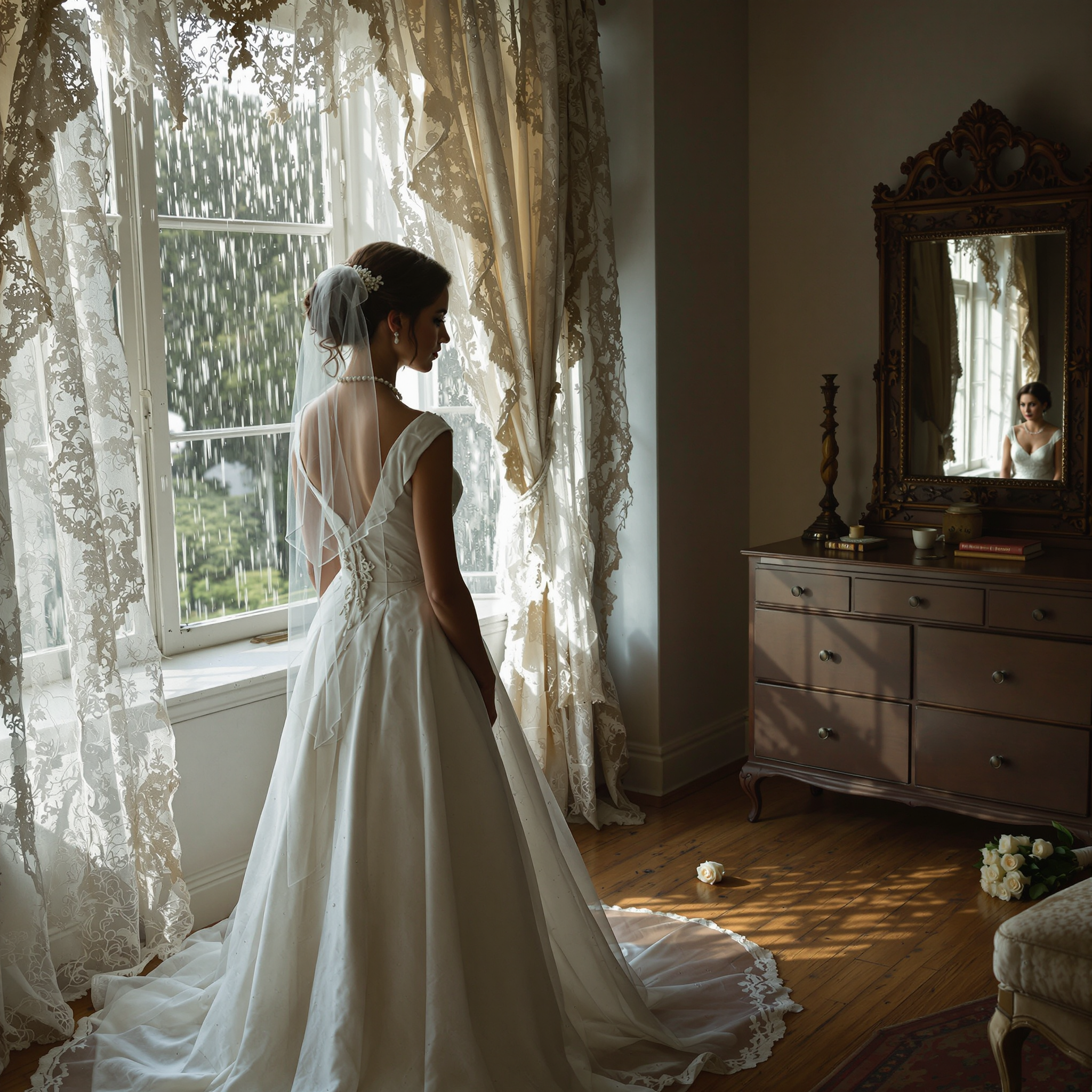This superstition holds that a bride should avoid wearing pearls during her wedding ceremony. Pearls, with their round, glistening shape and off-white color, are said to resemble tears. Folklore suggests that adorning oneself with these ‘tears’ invokes sorrow within the marriage, symbolically ensuring a union filled with hardship, sadness, or weeping. The practice most commonly urges brides to replace pearls with happier symbols like diamonds or other gemstones seen as auspicious. In some traditions, inherited or gifted pearls may be considered more acceptable, especially if passed down by women with long and happy marriages, although this exception varies across cultures. The belief is often accompanied by older sayings such as, “Beware the bride who wears tears,” invoking caution against symbolic misfortune.

A baby’s future career or fate is predicted by the first object they select during a ceremonial setup.
In several Asian and Eastern European cultures, a traditional ceremony is held for babies usually around their first birthday. Known


